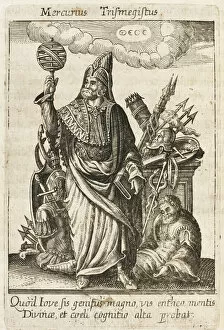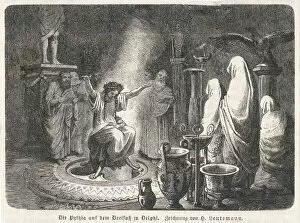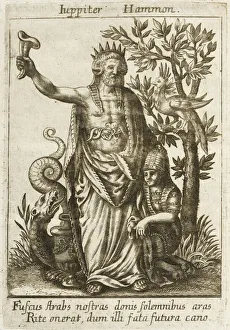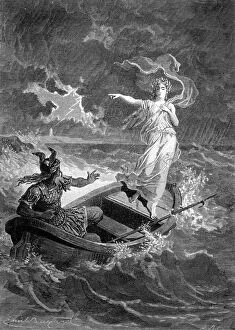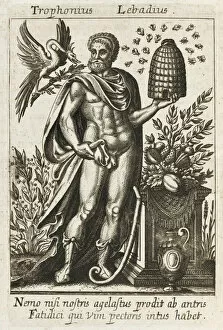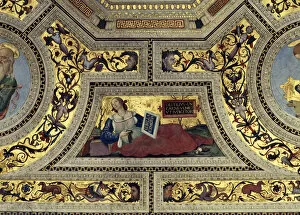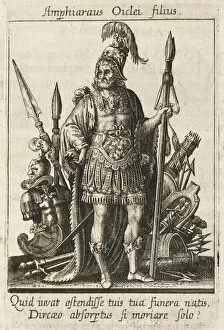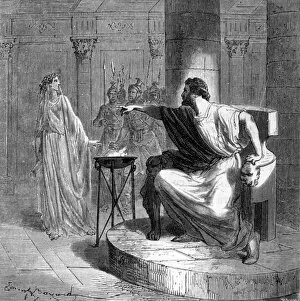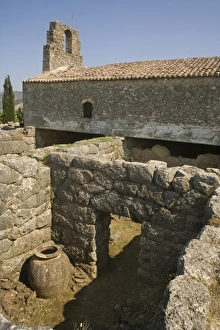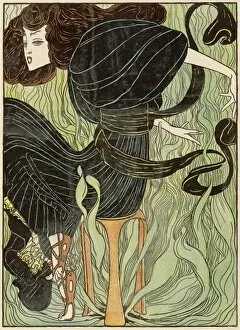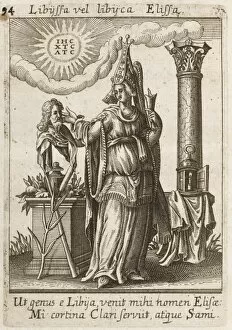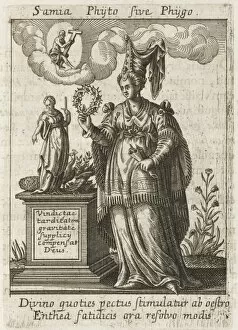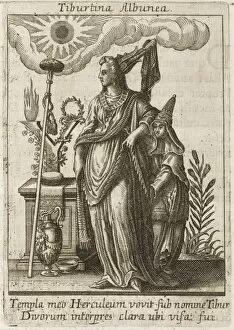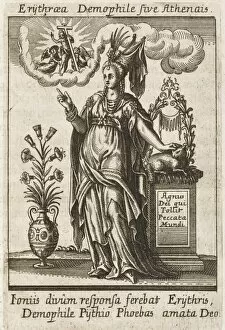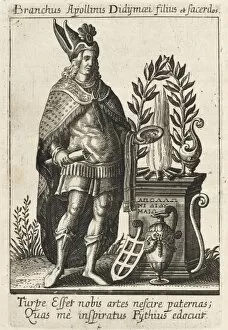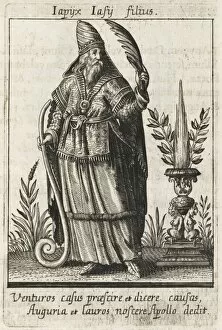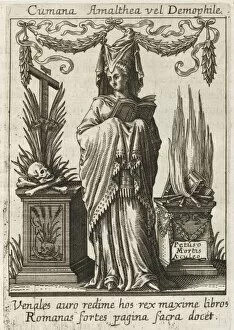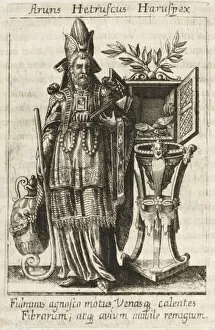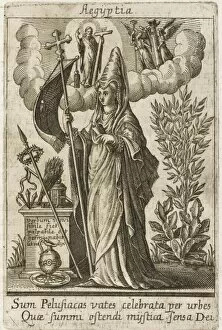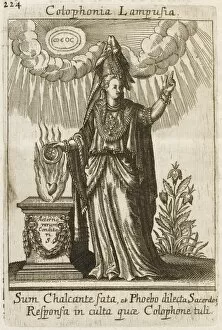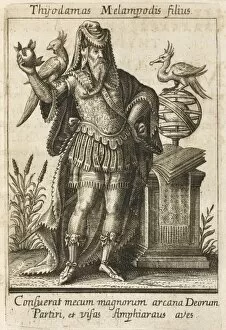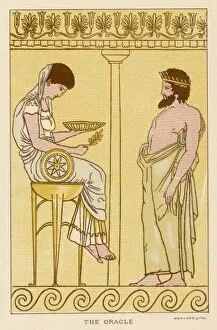Oracles Collection
Oracles: Unveiling the Mysteries of Ancient Divination Throughout history, mankind has sought guidance and insight from enigmatic figures known as oracles
All Professionally Made to Order for Quick Shipping
Oracles: Unveiling the Mysteries of Ancient Divination Throughout history, mankind has sought guidance and insight from enigmatic figures known as oracles. These revered individuals possessed a unique connection to the divine realm, providing prophetic messages and foresight that shaped the course of civilizations. From Hermes Trismegistus to Apollos Oracle, these mystical beings held immense power and influence. One such oracle was the Oracle of Zeus at Dodona, nestled amidst ancient oak trees in Greece. Here, priests interpreted the rustling leaves and murmurs of doves to unravel the secrets whispered by Zeus himself. Equally renowned was Delphi Oracle, where Pythia channeled Apollo's wisdom through her trance-like state. Venturing beyond Greece's borders led us to Egypt's Oracle of Jupiter-Ammon, where Alexander the Great sought counsel before his conquests. Helenus, son of King Priam during Troy's fall, possessed an uncanny ability to foresee future events with astonishing accuracy. In Gaul stood a Druidess who communed with spirits and divined fate for Vercingetorix's rebellion against Rome. Trophonius' cave offered seekers a glimpse into their destiny through mysterious rituals invoking Dis Pater – god of wealth and death. Tribute must be paid to those lesser-known oracles whose names have faded over time but were no less significant in their era. The vaulted chamber within Santa Maria del Popolo in Rome housed Cimmerian Sybil – her prophecies etched on scrolls now lost in antiquity. Amphiaraus' serpent-filled sanctuary near Thebes showcased how serpents were believed conduits for divine communication at Apollos Oracle; their slithering movements revealing hidden truths about war strategies or impending disasters. These oracles served as bridges between humanity and higher realms - gatekeepers unlocking glimpses into what lay ahead.

